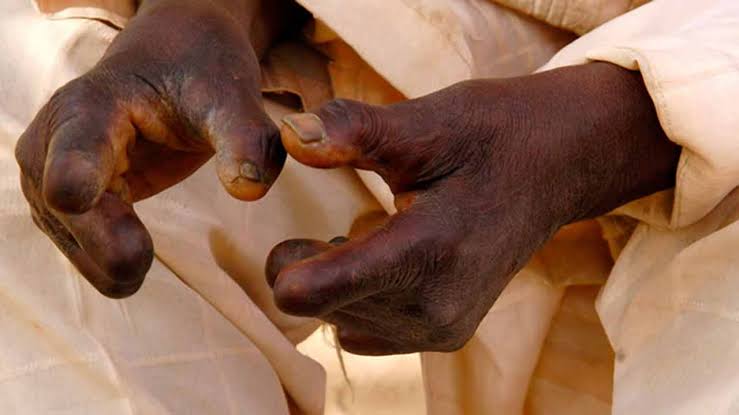Martins Ifijeh
…FG Should Activate Leprosy Centres Across the Nation
If there is one public health concern that has suffered neglect in Nigeria for the longest, it is leprosy; a century-old disease that has seen infected persons grouped and left unattended to in various leprosy colonies across Nigeria.
Although there are no official records to show how many Nigerians are living with the highly contagious disease, a World Health Organisation (WHO) report says about 2,500 new cases were recorded in the country in 2019 alone, with about six per cent of those infected being children. This suggests a yearly addition of about the same number of new cases to the already burdened and unaddressed cases scattered across abandoned leprosy rehabilitation colonies in the country.
For context, leprosy is a highly infectious disease that slowly multiplies and incubates for five years with symptoms occurring within the first year of infection. It could take as long as 20 years or even more for symptoms to manifest, according to the WHO. It is also a disease that is 100 per cent curable.
Globally, advocacy around the disease is gaining attention with countries in Africa like Algeria, Sao Tome and Principe, Seychelles and five others already reporting zero new cases. Between 2013 and 2022, the prevalence rate of the disease declined from 24.4 to 21.3 cases per million with detection rates also decreasing from 22.5 to 18.5 cases per million globally. These data are from countries that have given the WHO charge the priority it deserves.
Unfortunately, the situation is different in Nigeria. Not only there is no register to show how many citizens are suffering from the disease, but there are at least 1,000 to 2,000 additional cases recorded every year, according to the WHO, thereby compounding the burden of the public health challenge and drawing back the nation’s push towards SDG. Last year, the Nigeria Centre for Disease Control (NCDC) raised the alarm that 25 per cent of cases seen already have irreversible deformities and that so far, there are no figures to show how many Nigerians are living with the disease.
Many of the infected and affected have resulted in begging on major traffic stops. Most significant is the sea of lepers begging along the Lagos-Ore Road just to eat. To many of them, treatment for the disease is secondary as their primary objective is to have food on their table and that of their children.
So far, Nigeria’s Tuberculosis and Leprosy Control Program – an intervention group of the federal government – has for years, not provided any active intervention program to address the situation. It is one thing to group infected people and affected families together in colonies, it is another thing to put regiments in place to prevent further spread, cure the disease among infected persons, and provide a new lease of life to families relocated from their ancestral homes into the various leprosy colonies scattered around the country.
Just like Algeria, Seychelles Sao Tome and Principe, the Nigerian government should activate leprosy centres and integrate leprosy care into health programs in the 774 local government areas. Budgets should be made available, down to primary health centres for active case search, treatment and management until it not only reduces the prevalence but brings it to zero as it pushes towards SDG by 2030.
If other African countries can achieve it, Nigeria should be able to do it and live up to its title as the giant of Africa.



